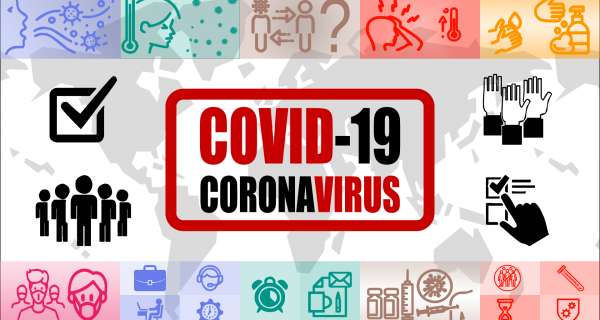Target 3.6: Reduce road injuries and deaths
UN definition: "By 2020, halve the number of global deaths and injuries from road traffic accidents."
Halve the number of road traffic deaths - SDG Indicator 3.6.1
Definition: Indicator 3.6.1 is the "death rate due to road traffic injuries".
Mortality from road traffic injuries is measured here in absolute (total number of deaths) and rates (deaths per 100,000 population). Road traffic deaths include vehicle drivers, passengers, motorcyclists, cyclists, and pedestrians.
Goal: By 2020 "halve the number of global deaths and injuries from road traffic accidents".
While most SDG targets are set for 2030, this is set to be achieved for 2020. This is measured relative to 2010 levels as it was defined as part of the UN Decade of Action for Road Safety (2011-2020).
Note that the SDG Indicator is the rate of road deaths while the target is set for the absolute number of road deaths. Because of this, we show both metrics.
Target 3.7: Universal access to sexual and reproductive care, family planning, and education
UN definition: "By 2030, ensure universal access to sexual and reproductive health-care services, including for family planning, information and education, and the integration of reproductive health into national strategies and programs."
The proportion of women of reproductive age (aged 15–49 years) who have their need for family planning satisfied with modern methods - SDG Indicator 3.7.1
Definition: Indicator 3.7.1 is the "percentage of married women ages 15-49 years whose need for family planning is satisfied with modern methods of contraception".
Goal: By 2030 "ensure universal access to sexual and reproductive healthcare services, including for family planning."
Adolescent birth rate - SDG Indicator 3.7.2
Definition: Indicator 3.7.2 is the "adolescent birth rate (aged 10–14 years; aged 15–19 years) per 1,000 women in that age group".
Adolescent birth rates per 1,000 women aged 15-19 years old are shown here. Data on birth rates for girls aged 10-14 years old are not available.
Goal: By 2030 "ensure universal access to sexual and reproductive healthcare services, including for family planning."
Target 3.8: Achieve universal health coverage
UN definition: "Achieve universal health coverage, including financial risk protection, access to quality essential health-care services and access to safe, effective, quality and affordable essential medicines and vaccines for all."
























0 Comments